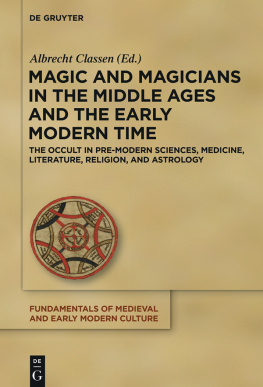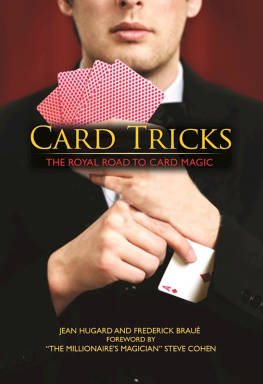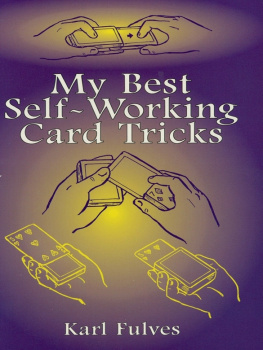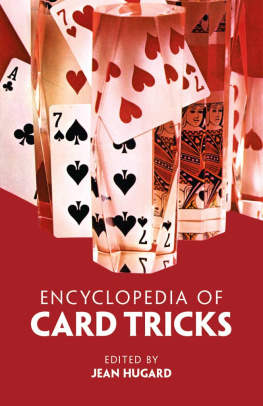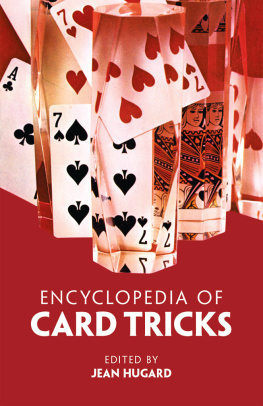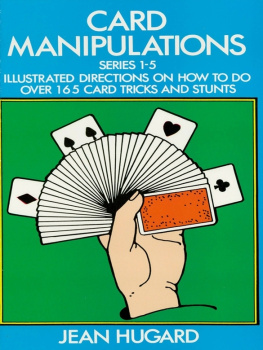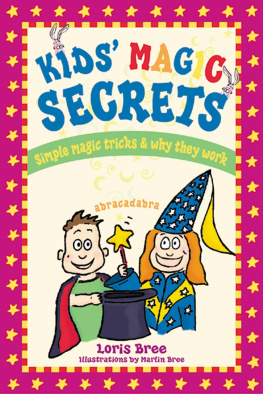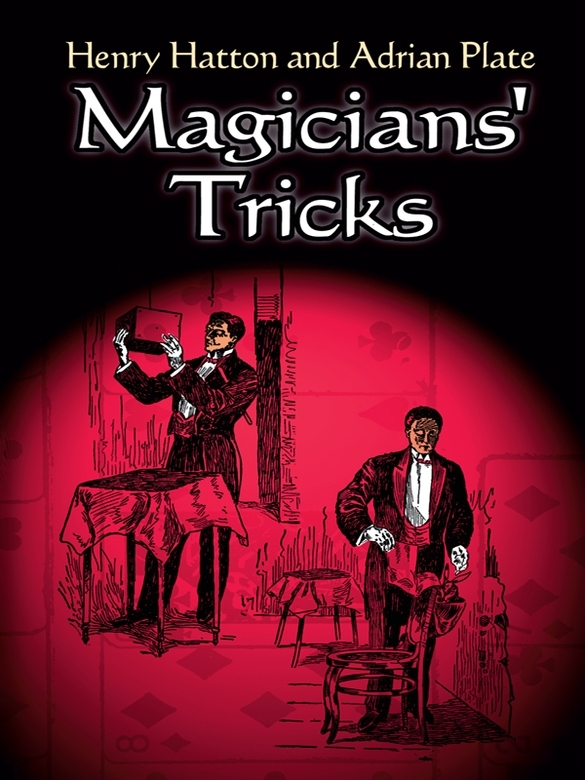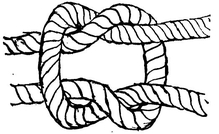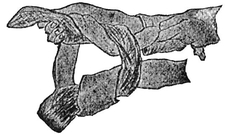Flash Paper:
The following reliable formula for this most useful article in constant use by conjurers was furnished to the editors by one of the most eminent chemists in this country. If the instructions are faithfully followed, the paper will be white, burn without an ash, and will not rot.
1. The best white tissue paper must be used, and it ought to be cut into pieces of the required size.
2. Make a mixture of strong sulphuric acid, 4 volumes, and fuming nitric acid (sp. gr. 1.52), 5 volumes.
The first-named acid is to be poured into the second, stirring all the time with a glass rod. The mixture will be very hot, and must be left till cold before it is used (preferably, 24 hours). If the mixture is made in a jar the jar must be covered with a plate to keep out atmospheric moisture.
3. Pour some of the mixture into a glass or porcelain dish, as, for example, a dish used in photography, and put into it about ten sheets of paper, one at a time, pressing down each sheet with glass rods, one in each hand. When the sheets have soaked for ten minutes, take them out one at a time and turn them rapidly into a large volume of water.
4. If the sheets when taken from the acid are put into a small volume of water they will heat up, become jellified, and be of no use.
5. After the first washing, the sheets must be put into a convenient vessel through which a stream of water is kept running for at least two hours.
6. While this final wash is going on, a fresh batch of paper may be put into the same acid in the dish, as that acid is good for about fifty sheets, or five batches.
7. Lastly, the thoroughly washed sheets must be placed, separately, between sheets of blotting paper and left to dry, which will take five or six days.
Conjurers Wax:
This wax, which is repeatedly called for in descriptions of various tricks, may be made by dissolving by heat in a porcelain dish pure yellow beeswax, and gradually adding pure Venice turpentine, stirring it constantly with a glass rod. Care must be taken that it does not catch fire while it is being mixed. The usual proportion is one part of turpentine to two of wax, but as a great deal depends on the quality of the wax and the turpentine, experiment alone can determine the proportions.
The editors are using wax that was prepared ten or fifteen years ago from this identical formula.
Rope Tying:
The best rope for these tricks is Silver Lake sash cord, No. 8, the soft kind. It should first be well soaked in benzine and then be washed out with soap and water.
The Servante:
At the back of the conjurers table is usually a padded shelf technically known as a servante, a French word that means dumb waiter. The name, however, is not appropriate in this case, for so far from being dumb it answers the performers purposes very effectually. This shelf extends nearly the whole length of the table. On it the conjurer lays such articles as he may need to pick up without being seen by the audience. He also drops on it articles he may want to get rid of. The servante is made in different shapes according to the needs and fancy of the performer. Sometimes it is only a strong paper bag reinforced by muslin strips and hung at the back of a chair. At other times it is a canvas bag fitted to a wire frame and suspended by small hooks to the back of a chair or a table. One performer, Ducrot, when entertaining in a private house uses an ingenious servante, made to resemble a handkerchief, and this he throws carelessly on top of his table. It is arranged on a small metal frame so that part of it forms a bag that will hold a large orange. Two small pieces of spring steel serve as clamps to hold it on the table. Extending about it on all sides is a dark silk handkerchief. When the performer is done with it he deliberately folds it up and sticks it in his pocket without arousing the slightest suspicion.
A Pull :
A simple pull is made of black elastic cord. It should be of such length that when stretched one end may be attached to a button of the trousers on either the right or the left side, and from there passed inside the vest, across the performers back and down the opposite sleeve, ending in a loop of strong black thread that goes over one of the cuff buttons. When it is needed to vanish, say, a handkerchief, the performer draws the loop into his hand, runs the handkerchief through the loop, and then releasing it, away goes the handkerchief up the sleeve.
The only trouble with this pull is, that the elastic loses its elasticity and for that reason is not altogether reliable. A better pull is made by substituting a strong black cord for the elastic. At one end of the cord is a loop to go over the trousers button; to the other end is fastened a piece of fine catgut ending in a large loop. The right arm is bent at the elbow and held at the side. The catgut loop goes over the right thumb. To vanish the handkerchief it is passed through the catgut loop; then the arms are extended to full length and the handkerchief disappears in a flash. In using this pull the performer has to call it to his aid as soon after he comes on the stage as possible, on account of the constrained position of his arm.
There are other pulls, mainly mechanical, that rely on a cord attached to a spring barrel. When noiseless, some of them are good, but the second method that we have described is the best and most reliable, when it can be used at the beginning of the trick. Instead of fastening the cord to the trousers buttons some performers have it hanging just outside the armhole of the vest. A ring is on the end of it, and when it is to be used the performer gets hold of this and gives it a sharp pull. A little practice will soon satisfy a performer as to which method he prefers.
A Slip Knot:
In the description on page 183 of A Handkerchief with Seven Corners, a slip knot is mentioned. This is made by first tying a square knot, as shown here. One corner of the handkerchief, which is here printed in black, to make the description clearer, is taken in one hand and the body of the handkerchief corresponding to that corner in the other hand, just below the knot. Then it is pulled. The result will be that one corner will be tied ROUND the other, as shown here. While it has all the appearance of a fair knot, one corner may be pulled entirely out without destroying the folds in any way. A silk handkerchief must be used, as one of linen or muslin is apt to jam.
Fig. 194 How to tie a square knot.
WITH CARDS
Before the would-be conjurer may hope to mystify an audience successfully with a pack of cards he must master certain sleight of hand moves that are a part of every card trick that requires skill. These moves can be attained only by constant practice. There are a number of these sleights, but in this book only such as are necessary successfully to perform the particular tricks herein described will be explained.



